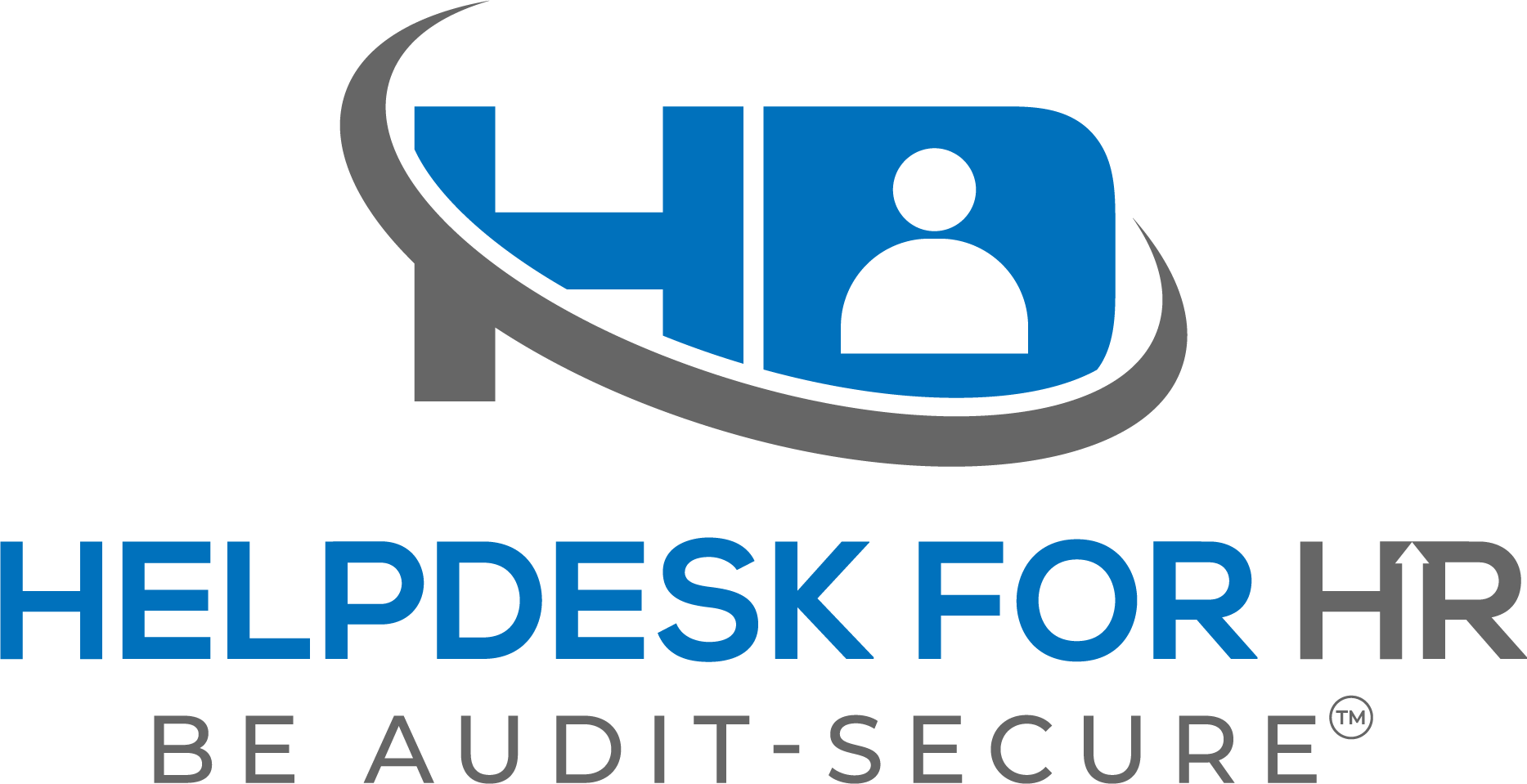As an HR professional, staying informed about recent legal cases and their implications for workplace practices is crucial. The recent lawsuits filed by the U.S. Equal Employment Opportunity Commission (EEOC) against two companies for sexual harassment of teenage workers serve as a stark reminder of the importance of maintaining a safe and respectful work environment for all employees, especially young and vulnerable workers.
Let’s explore some key takeaways and tips for employers based on these EEOC experiences:
Recognize the vulnerability of young workers
The EEOC General Counsel, Karla Gilbride, highlighted that young workers are particularly vulnerable to harassment and discrimination due to their limited work experience and potential hesitation in reporting issues. As an employer, it’s crucial to:
- Provide comprehensive training to young employees about their rights in the workplace
- Create a supportive environment where they feel comfortable reporting concerns
- Be extra vigilant in monitoring interactions involving young workers
- Implement and enforce clear harassment policies
One of the companies in the EEOC lawsuits allegedly failed to provide its young coaches and employees with a proper harassment policy. To avoid similar pitfalls:
- Develop a clear, comprehensive harassment policy that defines unacceptable conduct
- Ensure the policy includes detailed reporting procedures
- Clearly identify the person(s) responsible for receiving harassment reports
- Regularly review and update the policy to reflect current laws and best practices
Take swift and appropriate action on complaints
In one case, the company allegedly failed to take appropriate action upon receiving complaints about a general manager’s conduct. To address this:
- Establish a clear protocol for investigating harassment complaints
- Act promptly and decisively when issues are reported
- Protect complainants from retaliation
- Consider temporary measures, such as separating the accused from the complainant during investigations
Conduct thorough background checks and ongoing monitoring
One of the lawsuits mentioned a general manager with a prior history of sexually harassing a teenage employee. To mitigate such risks:
- Perform thorough background checks on all employees, especially those in supervisory roles
- Implement ongoing performance monitoring and regular check-ins with employees
- Create a system for tracking and addressing concerning behavior patterns
Provide specialized training for managers and supervisors
Managers play a crucial role in maintaining a harassment-free workplace. Ensure they receive specialized training on:
- Recognizing signs of harassment or inappropriate behavior
- Properly handling and escalating complaints
- Creating a culture of respect and professionalism
- Understanding their legal responsibilities in preventing and addressing harassment
Foster a culture of respect and accountability
To create a workplace where harassment is not tolerated:
- Lead by example, with top management demonstrating appropriate behavior
- Encourage open communication about workplace issues
- Regularly reinforce the company’s commitment to a harassment-free environment
- Hold all employees accountable for their actions, regardless of their position or tenure
Stay informed about legal developments
The EEOC recently released updated Enforcement Guidance on Harassment in the Workplace. As an HR professional:
- Regularly review and stay updated on EEOC guidelines and legal developments
- Attend relevant workshops or webinars to stay informed about best practices
- Consider consulting with legal experts to ensure your policies and practices are up-to-date
By implementing these tips and learning from the experiences highlighted in the EEOC lawsuits, employers can better protect their young workers and create a safer, more respectful work environment for all employees. Remember, preventing harassment is not just a legal obligation—it’s a crucial step in building a positive, productive workplace culture.
Be Audit-Secure!
Lisa Smith, SPHR, SCP
Log in or Register to save this content for later.
